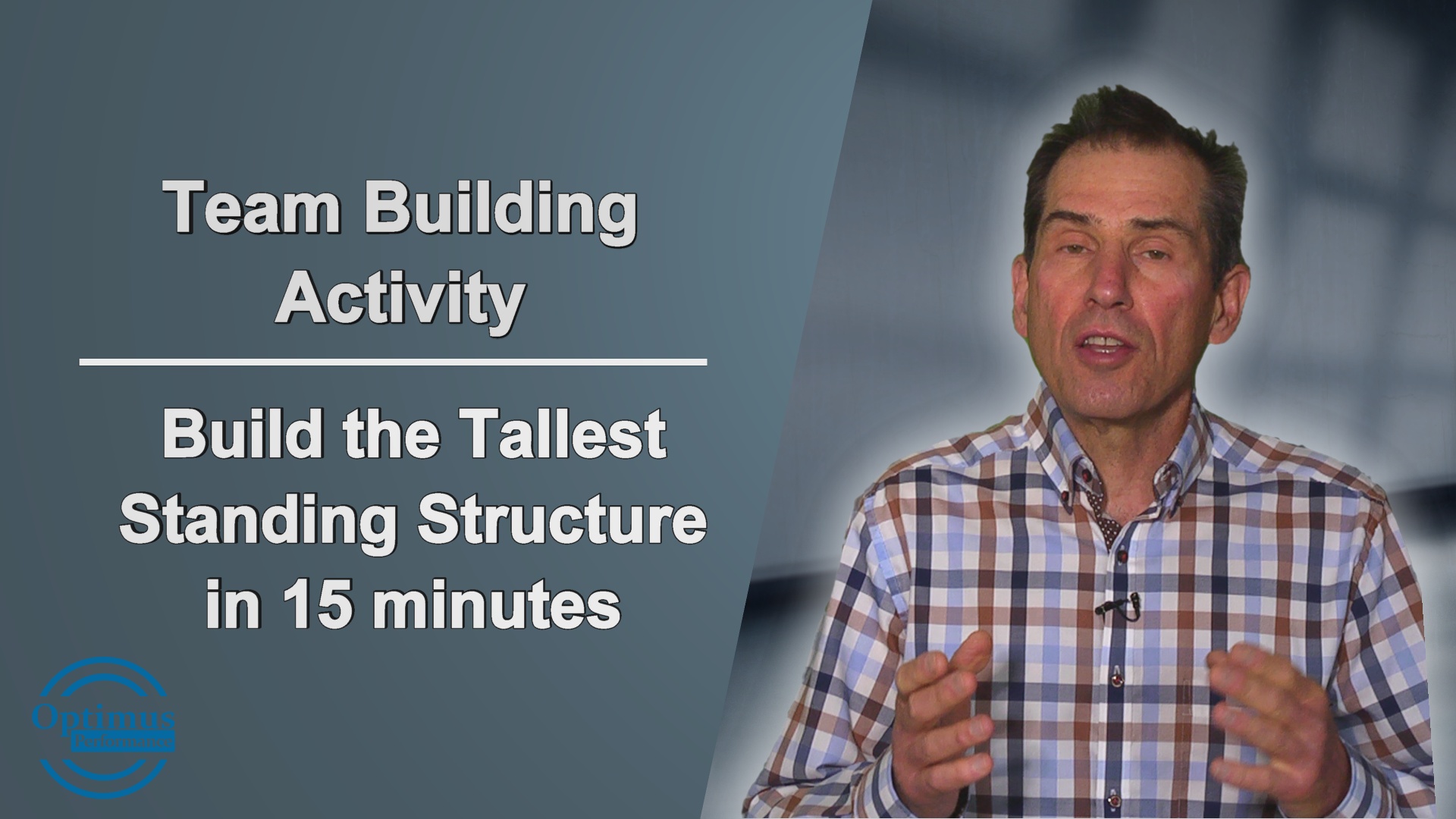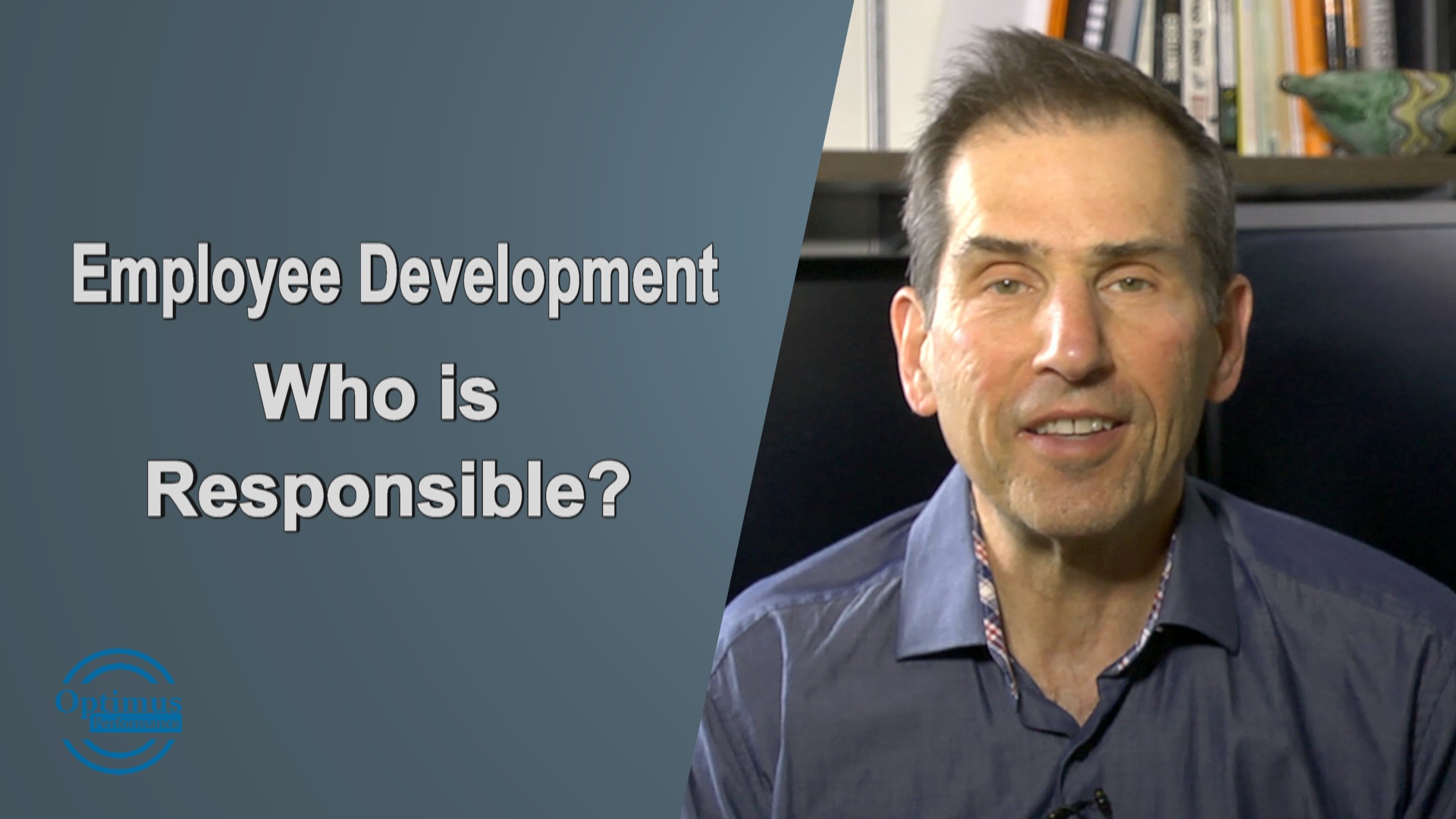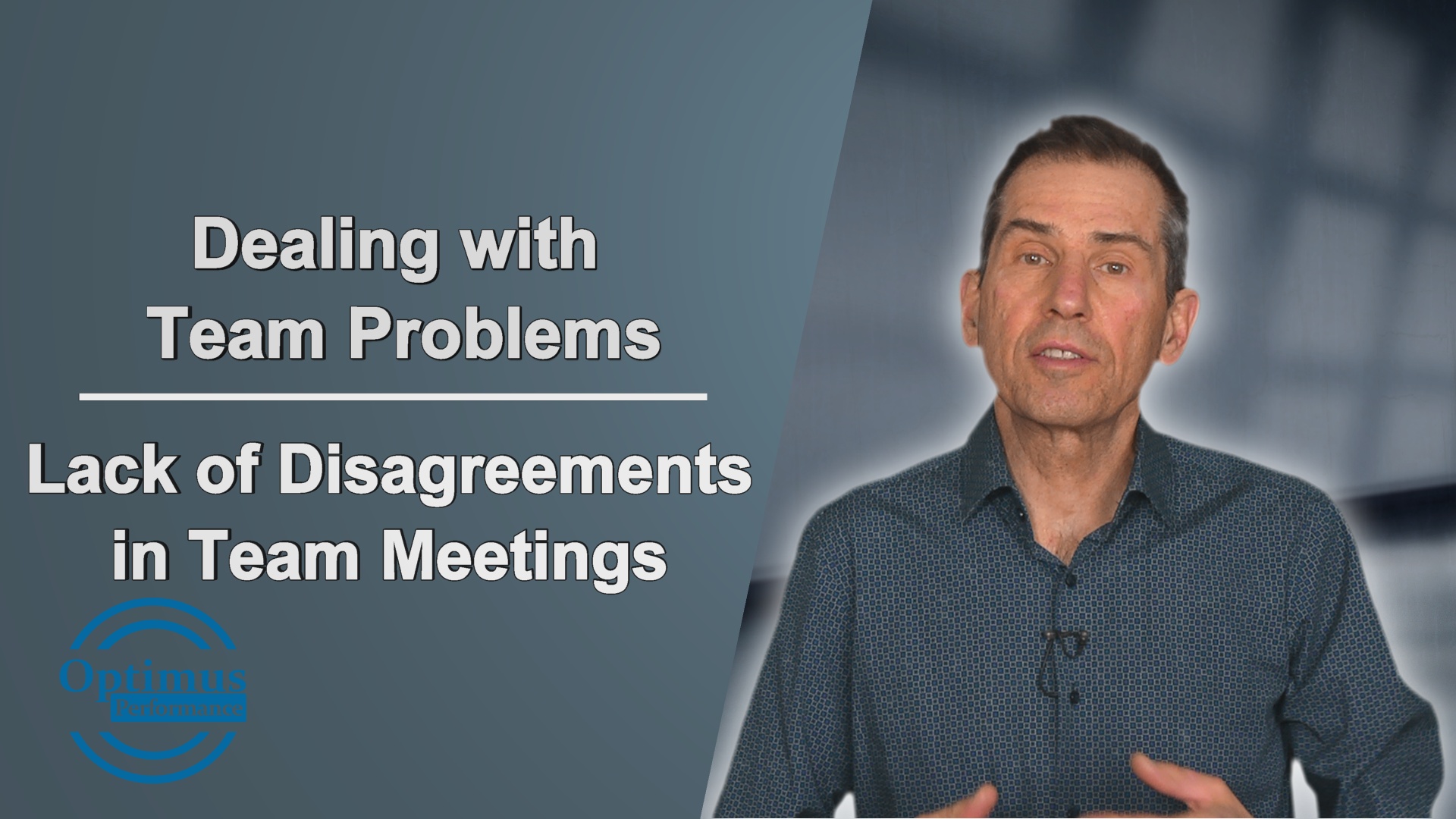Can someone be a leader without managing people? Here is my perspective on this.

Can someone be a leader without managing people? Here is my perspective on this.

This is an easy to execute team development activity that is fun, quick and provides good learning and discussion about teamwork and planning projects. It can be done in a meeting room and requires simple materials. Here is a summary of the activity:

Explain to the participants that they will be divided into even number of teams to conduct a team activity, which is to build the tallest structure they can in 15 minutes (you can designate 5 minutes for planning and 10 minutes to build the structure or just provide 15 minutes and discuss the time used for strategizing in the debriefing).
Handout the straws and pins (or masking tape). Set the timer and start the activity. Let them know when each 5 minutes has passed and let them know when 2 minutes is left. Call time and end the activity.
Review each structure and announce the winning team. Have everyone applaud the winners.
This is a great exercise to discuss the components of teamwork. It is especially effective for those who have been through teamwork training to help them recall the skills they should have learned. It is also excellent as an icebreaker activity to introduce teamwork training.
Here are some questions to ask the participants and generate discussion. Formulate your own as well.
What was the biggest challenge you feel your team faced?
Did you give enough time to planning your approach?
How well were you able to reach consensus on your plan?
How effective were you in assigning roles?
Did an informal leader emerge?
What was the level of participation from each member?
How well did members listen to each other?
Did any conflicts arise? How were they resolved?
What would they do differently next time to improve their performance?
Provide specific teamwork skills that the teams should be aware of during the exercise and during the debriefing period, discuss how well they used these skills. Some skills to use are strategizing, planning, consensus, active listening, participation, role assignment, etc.
Assign one person per team to act as an observer to see how well the team used the teamwork skills. They would provide feedback during the debrief. You can let everyone know the skills that the observers will be evaluating or just let the observers know.

Are Employees Responsible for their own Personal Development? Watch the video to learn more.

Lack of Disagreement in Team Meetings is a Problem for Team Performance
The main purpose of team development is to have employees work together harmoniously to improve work performance and contribute to innovation and continuous improvement. For this to happen team members must have meetings to discuss solutions to problems and look for ways to improve products, services and processes.
One of the problems that inhibit team from being effective and progressing in their development is lack of disagreement in team meetings. This is especially common in newly formed teams or for organizations that are shifting from an autocratic style of leadership to a participative.
Why would you want disagreements in team meetings if you want people to work together harmoniously? Lack of disagreements means that people are not voicing their ideas and opinions. Thus, there is limited discussion and challenging of the status quo.
People may be reluctant to challenge ideas for fear of conflict. They may not see conflict as positive and thus avoid disagreement. Also, the team may not have expected risk taking and frank speaking to be a part of teamwork.
To resolve this the team needs to develop a team constitution that includes the need for disagreement and that team members are expected to speak frankly without penalty.
Leadership should also provide training to team members in conflict resolution and active listening.
Promoting open discussions in team meetings where members feel safe to express their ideas and challenge others is crucial to build effective teams that contribute to continuous improvement and find innovative solutions to problems.